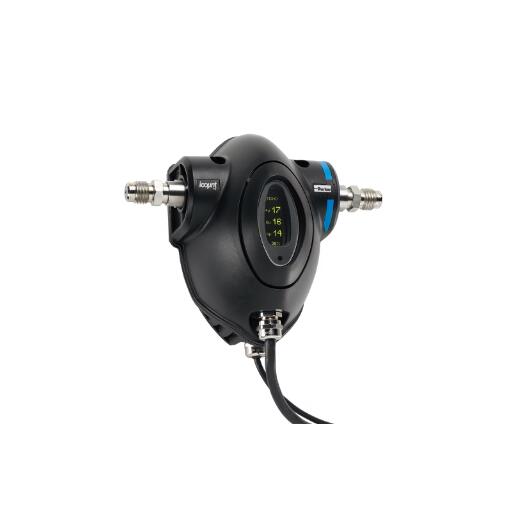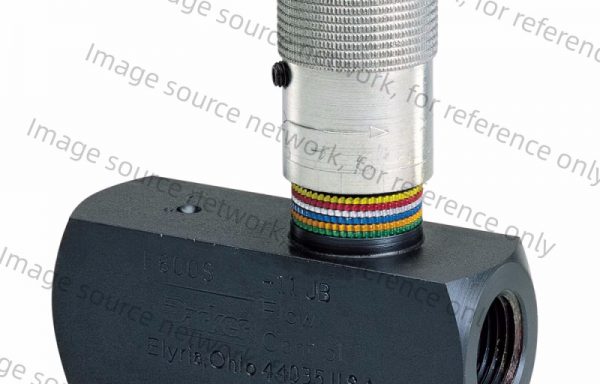Description
Parker IPD12322110 Particle Monitor
**Product Description**
The Parker IPD12322110 is a highly compact, permanently mounted laser detection particle monitor designed for continuous monitoring of contamination and solid particulate levels in hydraulic fluid systems. The device represents the latest technology in solid particle contamination analysis and serves as a cost-effective solution to fluid management and condition monitoring in a wide range of industrial applications.
**Technical Specifications**
The IPD12322110 features a rugged design with a Deutsch DT-style port, ABS housing, and brass body. The device is compatible with mineral oils and petroleum-based hydraulic fluids, with a working pressure range of 30 to 6000 psi (2 to 420 bar) and a flow rate of 60 L/min.
The IPD12322110 utilizes laser detection technology to provide highly accurate readings within +/- 1 ISO code. The device is equipped with a 4 to 20 mA signal output and RS232 communication interface, allowing for easy integration into existing systems. Additionally, it features a 4 to 20-second cycle time and limit alarm relay, ensuring that users can take timely action in response to changes in fluid contamination levels.
**Key Features**
– Continuous monitoring of contamination and solid particulate levels in hydraulic systems
– Laser detection for high-precision readings
– Compact design for easy installation
– Deutsch DT-style port
– ABS housing and brass body
– Working pressure range of 30 to 6000 psi (2 to 420 bar)
– Flow rate of 60 L/min
– 4 to 20 mA signal output and RS232 communication interface
– 4 to 20-second cycle time
– Includes limit alarm relay
– CE certified, IP66 rated for harsh environments
**Applications**
The IPD12322110 particle monitor is ideally suited for a wide range of industrial applications, including:
– Construction machinery
– Industrial plant equipment
– Test rigs
– Other hydraulic systems
By continuously monitoring contamination and solid particulate levels, the IPD12322110 particle monitor helps users maintain optimal fluid cleanliness, reduce maintenance costs, and prevent damage to system components.



